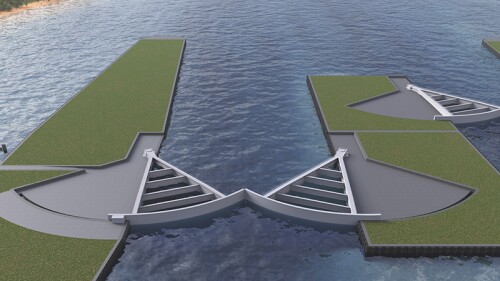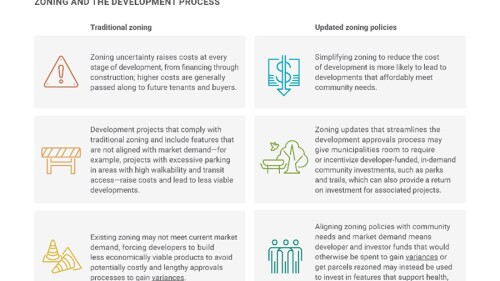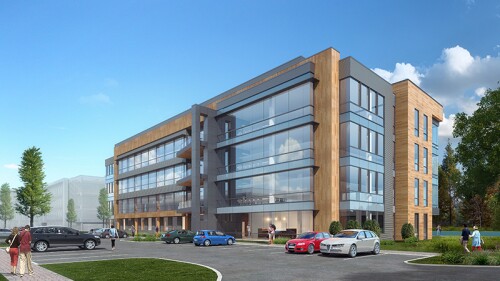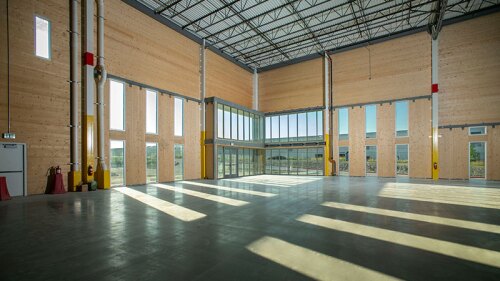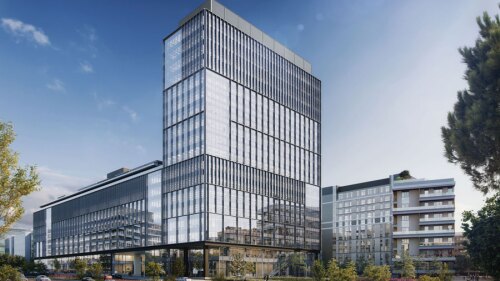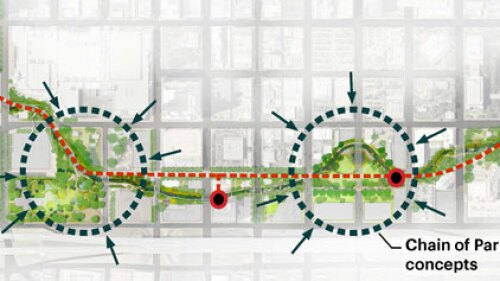Topics
Capital Markets and Finance
Although opinions vary on whether the U.S. Federal Reserve Board can successfully manage a “soft landing,” many in the commercial real estate industry are bracing for a U.S. recession in 2023.
The 17th edition of the Emerging Trends in Real Estate® Asia Pacific, the regional real estate forecast jointly published by ULI and PwC, highlights a downtick in investor sentiment due to concerns over the rising cost of debt, higher inflation, and a looming global recession. A dip in regional transaction volumes is apparent, with the third-quarter deal count in the Asia Pacific falling 38 percent year-on-year to US$32.6 billion, recording the lowest third-quarter volumes for a decade in the region.
A new survey by PwC identified an exponential increase in the asset and wealth management industry’s desire for environmental, social, and governance–oriented (ESG) investments: in the United States alone, assets under management are projected to more than double from $4.5 trillion in 2021 to $10.5 trillion in 2026. At the same time, asset managers report being challenged to create enough new funds to keep up with the demand, giving an edge to real estate firms with strong sustainability programs.
Design & Planning
The U.S. Army Corps of Engineers and the Texas General Land Office are mounting a $31 billion coastal resilience project on the Texas coast, the most expensive project ever led by the Corps and the largest coast management project ever.
A new ULI report shares promising insights and examples of zoning regulations from across the United States.
Development experts gathered to discuss the growth in popularity of mass timber at the 2023 ULI Carolinas Meeting in February.
Development and Construction
As the use of mass-timber construction gains momentum in the multifamily development business, it is still taking baby steps in the U.S. industrial market. Last October, Affinius Capital and Seefried Industrial Properties attracted plenty of attention when they completed a 161,000-square-foot (14,900 sq m) wood-paneled warehouse outside Dallas, one of the first of its kind in the country, and more are planned or under construction.
Strict one-use-per-parcel zoning rules have long limited the growth of mixed-use projects in Spain, but the builders of a new office, residential, and commercial project in Madrid hope their example will pave the way for other integrated projects.
Nature and water are often “hidden” in certain parts of cities, within confined structures or swamp ecosystems. The March ULI InfraXchange featured Michael Van Valkenburg Associate-led project Waterloo Greenway Waller Creek in Austin, Henning Larsen’s project with Jurong Lakeside Garden in Singapore, and ULI Philadelphia’s North Broad Renaissance Initiative, a ULI Curtis Infrastructure TAP project.
Resilience and Sustainability
In today’s real estate industry, developing and retrofitting buildings to be more sustainable and energy efficient is more important than ever. The urgency to decarbonize is being driven by local, federal, and global commitments to drastically cut energy use and reach net zero emissions.
Clients are looking to landscape architects to increase resilience to climate impacts faster—and address biodiversity loss
Preserve will enable the consistent assessment and measurement of climate transition impacts in real estate investment models.
Issues and Trends
Solutions are slowly emerging as builders attempt to deliver housing that meets the strong demand from middle-class Americans who struggle to afford a home purchase, according to panelists gathered at a ULI housing conference in February.
New York and San Francisco are the most expensive cities in the United States for construction, according to Arcadis’s 2020 International Construction Cost Index, produced by international design and consultancy firm Arcadis. Both are in the top five internationally, with London, Hong Kong, and Geneva leading the list overall.
The future of housing is being influenced by evolving demographics, increased urbanization, higher construction costs, and financially constrained consumers who nonetheless demand meaningful, walkable communities, said panelists at the 2020 ULI Housing Conference in Miami. A shower of innovation rains down on the housing designers and builders who sort through options that include prefabricated homes, modular building components, and low-carbon technologies that support sustainable development goals.


